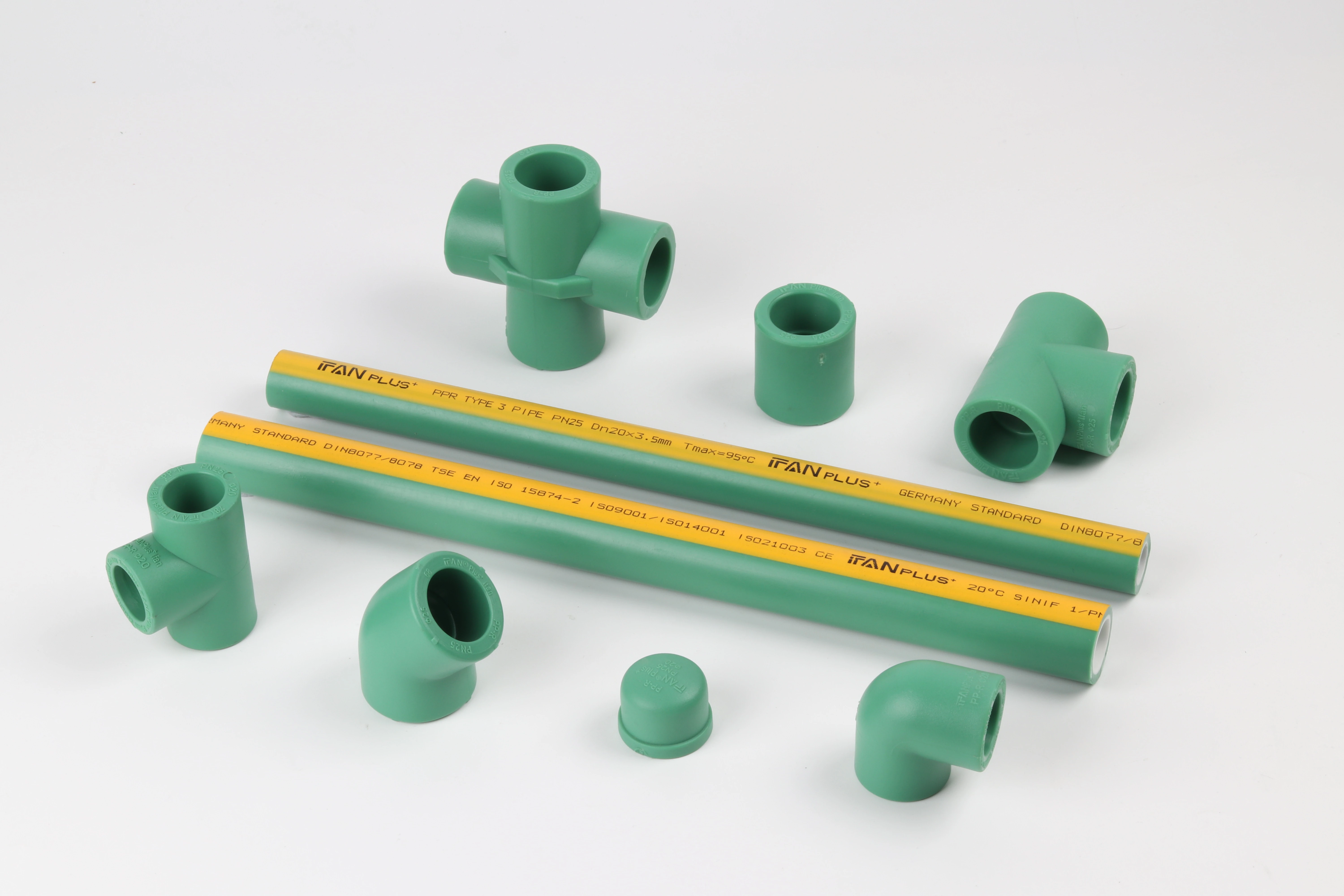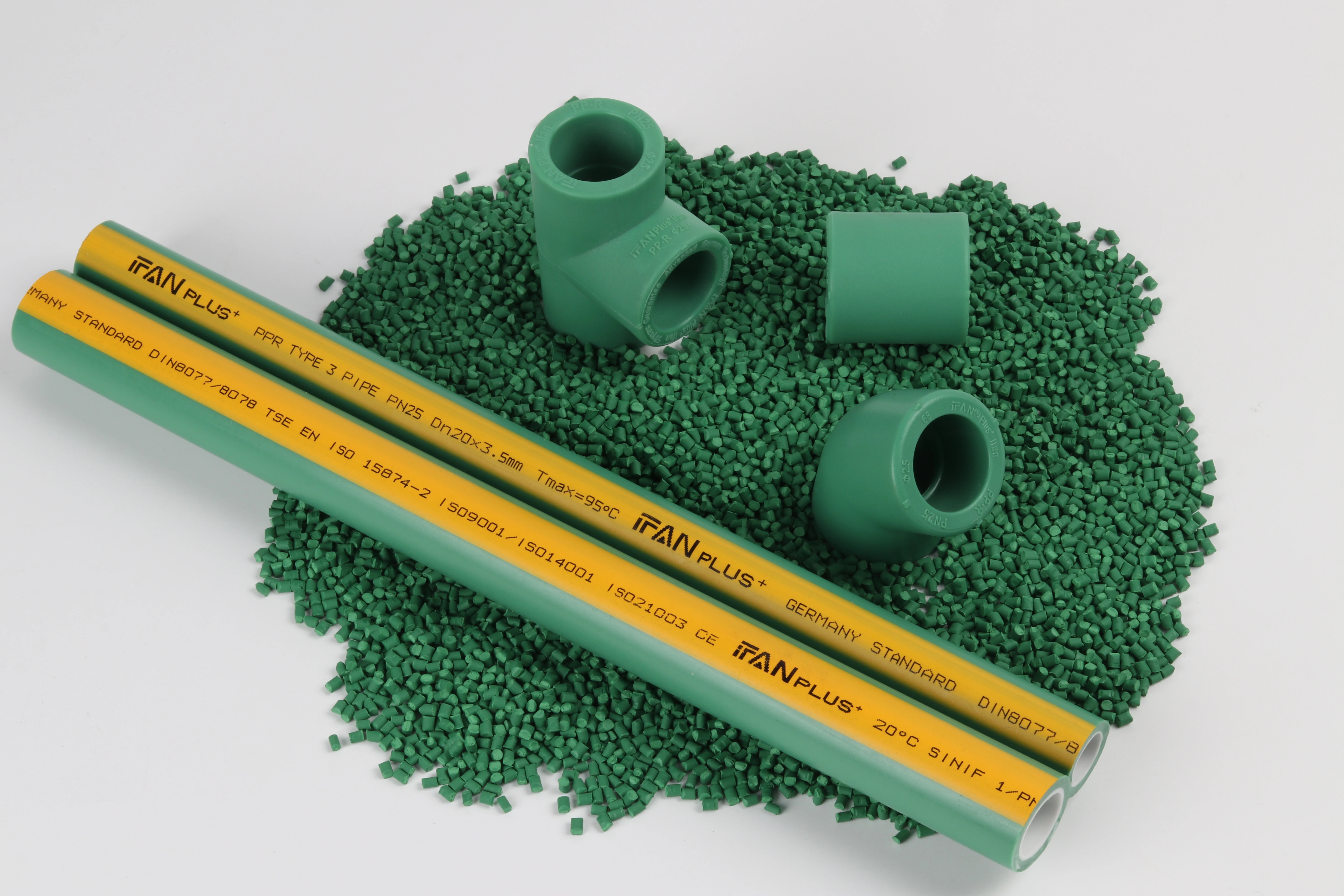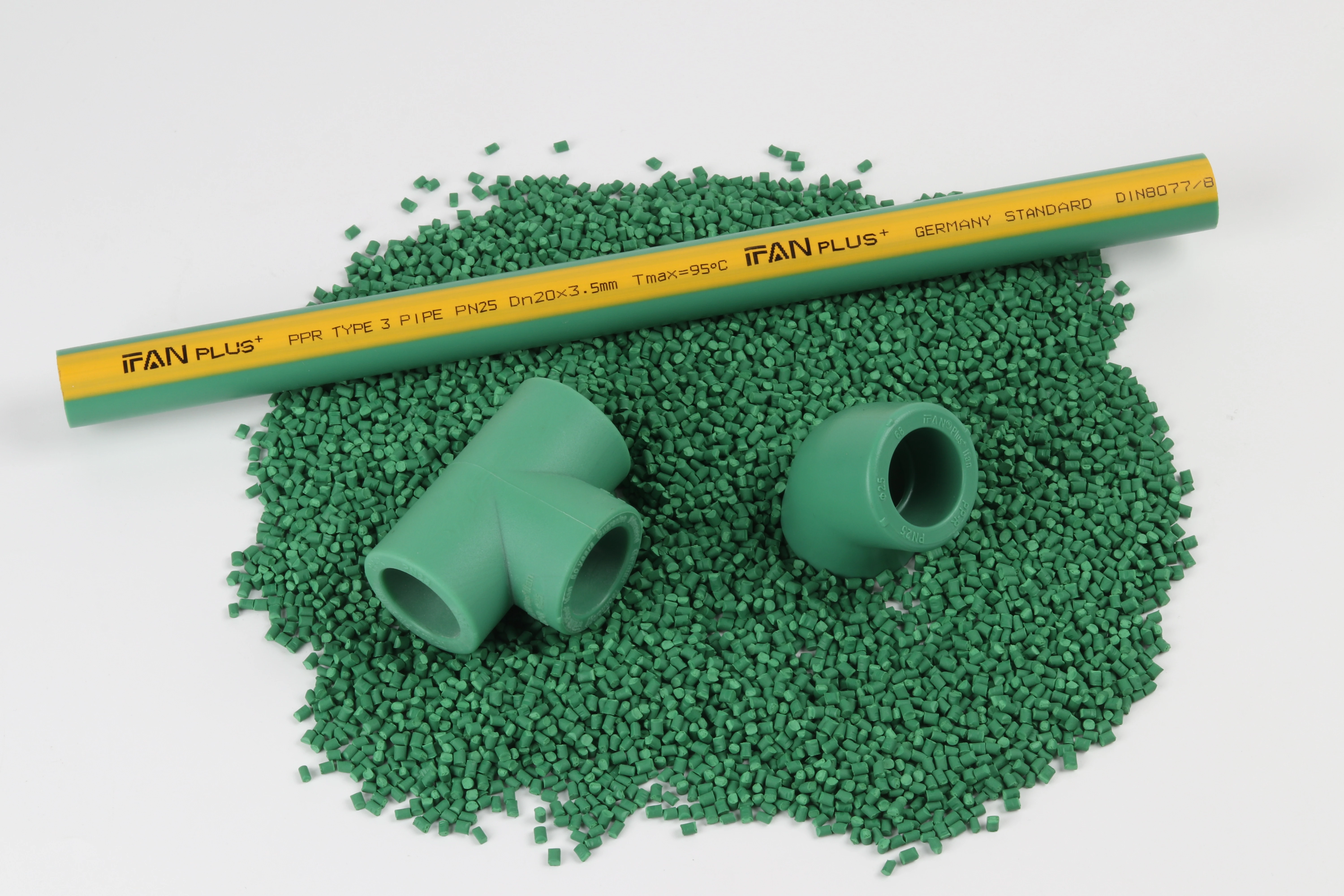How to Install Gas Pipe Fittings Correctly
Understanding the Basics
Gas pipe fittings connect different sections of a gas pipeline. Proper installation ensures a leak-proof and safe gas system. Correct installation prevents leaks, ensures efficient gas flow, and meets safety standards.
Safety First
Turn Off the Gas Supply
Before beginning any installation, ensure the gas supply is completely shut off. This prevents any accidental leaks or hazards during the installation process. Verify that the gas supply is off using a gas detector or checking the meter.
Wear Protective Gear
Use appropriate safety gear, including gloves and safety goggles. This protects against debris and potential hazards during the installation process. Safety precautions are crucial for ensuring a safe working environment.
Tools and Materials
Gather Required Tools
You will need specific tools for installing gas pipe fittings, including pipe wrenches, pipe cutters, thread sealant, and PTFE tape. Make sure you have all necessary tools before starting the installation.
Select Appropriate Fittings
Choose the correct type and size of gas pipe fittings for your system. Ensure that the fittings are compatible with the gas pipes and meet the required specifications. Using the right fittings is crucial for a secure and efficient installation.
Installation Steps
Measure and Cut Pipes
Measure the lengths of the gas pipes required for your installation. Use a pipe cutter to make clean, straight cuts. Ensure that the cut edges are smooth to prevent damage to the fittings and ensure a secure connection.
Prepare the Pipe Ends
Clean the ends of the pipes to remove any debris or residue. This ensures a clean surface for connecting the fittings. Use a wire brush or cloth to clean the pipe ends thoroughly.
Apply Thread Sealant
Apply thread sealant or PTFE tape to the male threads of the pipe fittings. This helps to create a tight, leak-proof seal. Follow the manufacturer’s recommendations for the amount and type of sealant to use.
Connect the Fittings
Thread the fittings onto the pipes, turning them clockwise until they are hand-tight. Use a pipe wrench to tighten the fittings further. Avoid overtightening, as this can damage the fittings or pipes.
Check for Leaks
After installation, check all connections for leaks. Turn on the gas supply slowly and use a gas leak detector or soapy water solution to test for leaks around the fittings. If bubbles form, there is a leak that needs to be addressed.
Secure the Pipes
Ensure that the gas pipes are securely supported and fixed in place. Use pipe clamps or supports to prevent movement and vibration. Proper support reduces the risk of damage and ensures the longevity of the installation.
Final Checks and Testing
Inspect the Entire System
Thoroughly inspect the entire gas pipeline system for any signs of leaks or issues. Check all connections and fittings to ensure they are secure and properly sealed.
Conduct a Pressure Test
Perform a pressure test to confirm that the system can handle the required pressure without leaks. Follow local codes and regulations for pressure testing procedures. This step is crucial for verifying the integrity of the installation.
Document the Installation
Record details of the installation, including the types of fittings used, the lengths of pipes, and any other relevant information. This documentation is useful for future reference and maintenance.
Troubleshooting Common Issues
Leaks
If you detect a leak, turn off the gas supply immediately. Tighten the fittings or reapply thread sealant as needed. If the problem persists, consult a professional for further assistance.
Misaligned Fittings
If fittings do not align correctly, ensure that the pipes are cut and prepared accurately. Adjust the fittings as needed to achieve proper alignment.
Pressure Issues
If the system does not hold pressure, check for leaks or damage to the pipes and fittings. Verify that all connections are tight and properly sealed.
Conclusión
Proper installation of gas pipe fittings is essential for a safe and efficient gas system. Follow these steps to ensure that your installation meets safety standards and performs reliably. Always prioritize safety, use the correct tools and materials, and conduct thorough checks and tests to confirm the integrity of the installation. Proper installation practices ensure a secure gas pipeline system that operates safely and efficiently.
Conectar
IFAN es un fabricante chino de tuberías, accesorios y válvulas de plástico con 30 años de experiencia. Si está interesado en IFAN accesorios de cobre, válvulas de cobre, tuberías y accesorios de plástico, póngase en contacto con nosotros. IFAN le ofrece una variedad de tuberías estándar para satisfacer sus necesidades específicas. Haga clic a continuación para obtener más información sobre la amplia gama de productos de válvulas y productos relacionados con sistemas de tuberías asequibles y rentables de IFAN.
Responderemos a su correo electrónico o fax en 24 horas.
Puede llamarnos en cualquier momento si tiene alguna duda sobre nuestra producción.
Para más información, visite nuestra página web https://ifanpro.com/
Pls Mailto: [email protected]
Whatsapp: + 86 19857948982














Comentarios recientes